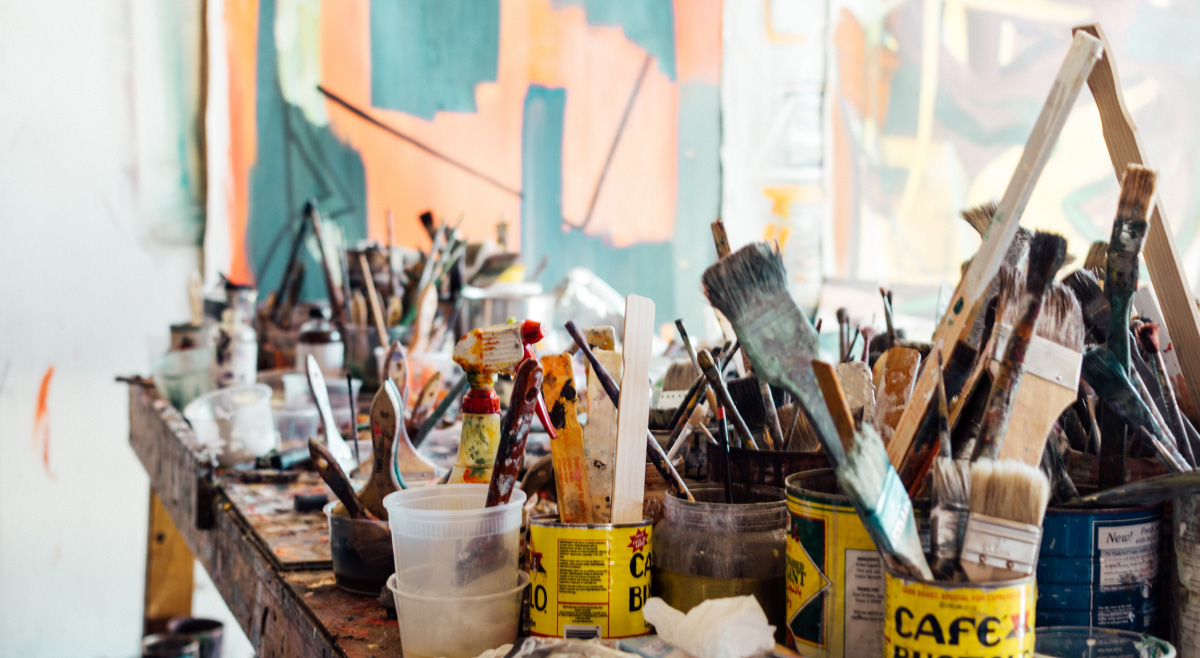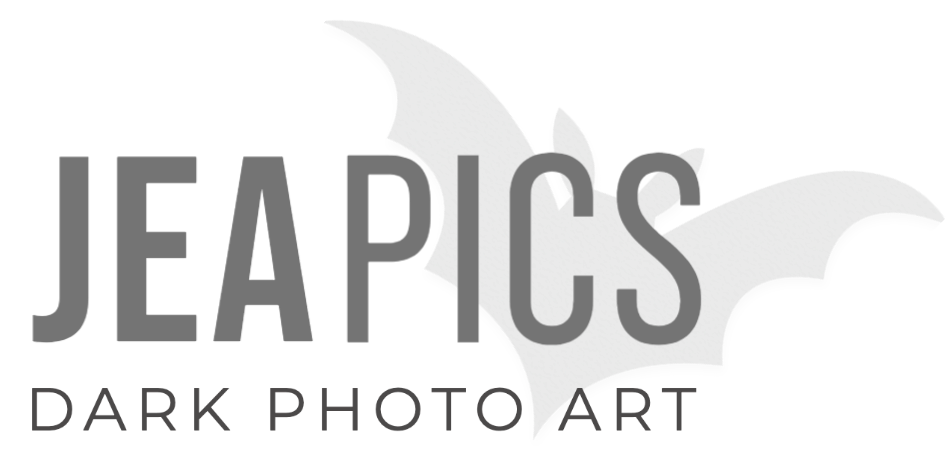At Designers’ Open, I met a good friend who had been interested in a specific piece of art for some time. He had seen it on my Instagram feed before and now at the show he saw it for the first time live – and with price tag! “I thought it was bigger!” He said, explaining that he still had a vacancy in his flat for which he was looking for something suitable. “No problem,” I said. “I can enlarge the print, the resolution should be enough.” But when I explained that the price would be higher, but I gave him some kind of friendship discount, he looked at me wide-eyed and said, “No, no discount, if we do that, I want to support that! “. This is an honorable reaction!
In the mentioned case the calculation was very simple: the picture has a special finish and he wanted it as big as possible. For these dimensions, the plate must be thicker. And the printing costs increase enormously depending on the desired size and quality. And that’s just the printing, almost the end of the chain. At that point I did not make anything of that. Actually you would have to view the process the other way around, because until someone finds your picture, it has come a very long way:
1. Idea, Creation, Experience – The Creative Process means Learning and Time is valuable. It’s everything we have.
First of all, the picture has to be created. The creative work is the hardest to grasp. Sometimes I have an idea and MUST implement it immediately, sometimes that’s not enough, so it smolders in one, it develops piece by piece. When all the necessary components have been compiled, it starts. Sometimes I have to schedule a shoot, proposition or technique to design or learn a new skill. I realize some ideas after one year. Photographers also have to learn the technical details of their device, and I can not count how many weekends I spent sitting and teaching photomanipulation for years, while others were sunning themselves at the lake. Time, talent and practice form the basis of values.
2. Tools for creating are not free.
 It takes tools that do not come for free: canvas, brush, paint, spray paint, protective mask, or camera with different lenses, flashlight, etc. – I do not want to start with how much money you can invest in photographic equipment. I’m holding back very much, my equipment is really basic, but a few things are essential. Two cameras are e.g. not a luxury but a must for commissioned work, such as weddings. It has happened before that one accident, then you are very happy about the back-up, because such a wedding can not be repeated … 😉
It takes tools that do not come for free: canvas, brush, paint, spray paint, protective mask, or camera with different lenses, flashlight, etc. – I do not want to start with how much money you can invest in photographic equipment. I’m holding back very much, my equipment is really basic, but a few things are essential. Two cameras are e.g. not a luxury but a must for commissioned work, such as weddings. It has happened before that one accident, then you are very happy about the back-up, because such a wedding can not be repeated … 😉
Software such as Adobe Photoshop, Lightroom, Premiere, After Effects – the Cloud costs 60 euros per month, and is absolutely necessary for me. If I need something for individual projects only, I resort to free programs or trial versions (Blender, Unity 3D, etc.). Especially with photo jobs, the time factor comes to bear again: most people forget that the photographer (unlike the model and the make-up artist) is far from finished after the four-hour shoot. For me, this is the smallest, if most exciting, part of the project. But then I go home and know I have a few hundred pictures to review and develop. Yes, like in the darkroom, it’s now digital in Lightroom and Photoshop. No matter how good the picture is, it does not fall out of the camera. It is in a raw state (RAW, NEF files) and is then lovingly perfected and optimized for web and print. It is also clear that you need the necessary hardware, ie a powerful computer and plenty of storage space.
 3. The print quality and size add up.
3. The print quality and size add up.
Data becomes a product. Always an exciting step! It is always a special feeling to actually see your pictures materialize in the real world.Depending on quality, durability, framed or unframed, prices differ. Many think they will be cheaper if they buy a picture printed on paper and without a frame. That’s not true, unfortunately, except that the picture has a standard size and really fits randomly into commercial frames (which they still have to look for and buy somewhere themselves). Otherwise, the picture is framed with a manually cut passe-partout (preferably with museum glass to protect the picture from fading from sunlight). In the end it comes back to a higher price.
4. Marketing – Only pictures that are seen as a collector.
How does the picture come to the customer? Traditionally, a gallery takes over this part. Thus, the artist has time to do his art while the gallery maintains and exhibits collectors’ contacts and brings the work to the inclined customer. The gallery gets 40-50 percent of the purchase price. So that should be taken into account. But this old model does not quite fit in the age of digital self-marketing. The lucky artists, for whom the gallery model works, are the fewest (depending on how narrow or far one wants to grasp the term “art”). Today, the artist must be an entrepreneur at the same time. Photographers generally have to win customers all the time: Participate in competitions, apply to relevant magazines, participates in art fairs ( Saatchi, Society6, Lifeframer, etc.), participates in competitions, appliy to relevant magazines, participate in art fairs so here fees, printing costs, time), trying to come to exhibitions, to get to know gallery owners etc. Just like an independent entrepreneur …

The magic formula for calculation of achievements and works of art
Thus, everything is in one picture. Some have this in more detail and recommend photographers multiply their total time with 65 euros, plus the costs for the location, make-up artist and what else is incurred. If the client wishes to use the images for commercial activities, multiply the total value of the order by 0.5 to 6. (Value of the AGD (Alliance of German Designers – Source: http://www.berufsfotografen.com). Also for artists, there is a formula in the net: width + height x artist factor = retail price This formula is based not only on the format of the artwork It also includes the artist’s prominence and success, and artists who have not yet sold any of their works should start with a factor between 3 and 5, recommends the page Little Van Gogh on this page can one calculate that also on-line: https://www.blitzrechner.de/kunstwerk/Bei photographic works or prints, which can be multiplied arbitrarily, like artificial limits are imposed and the work only in a small edition printed, thus artificially scarce The buyer wants to get something exclusive and not mass-produced, which is why there are no discounts or promotions in the art world, but rules like these are breaking nowadays n, especially with online platforms. The network world works just a bit differently. As already written, I think that the art world is changing strongly due to its ubiquitous democratization and old structures are changing. Still, it is useful to remember what this image is all about: that a picture is much more than the paper on which it was printed or the canvas on which it is painted.

